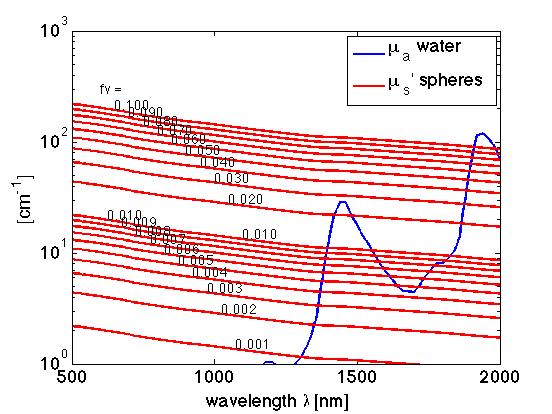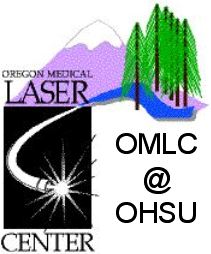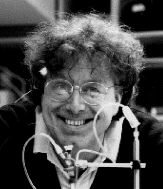An often asked question is, "What are the scattering properties of biological tissues?" which usually refers to the spectral range from 200-2600 nm (UV-midIR). This discussion presents a simple model that approximates the behavior of tissue scattering in this spectral range. For reference, the absorption properties of water and blood are also shown.
Absorption
The absorption properties of tissues are dominated by water and hemoglobin in this spectral range. Figure 1 shows the absorption coefficient, µa, of water at 100% and 75% water content, and of oxy- and deoxy hemoglobin at concentrations of 7.5, 1.5 adn 0.15 g/L (corresponding to 5%, 1% and 0.1% volume fraction of whole blood in the tissue). Well perfused tissues have about 5% blood content, while skin has an average of about 0.1-1% blood content.
Scattering
Rayleigh Scattering
At short wavelengths, UV to mid visible (yellow), the scattering can be dominated by Rayleigh scattering, which is due to very small particles or structures in the size range of 10-100 nm, for biological tissues.
Mie Scattering
The scattering properties of tissues have been studied by various methods by many investigators. I found that one could approximate all these data by considering a tissue to have an average lipid content, then use Mie theory to calculate the average scattering expected from a mixture of lipid spheres within a water medium, where the size of the lipid spheres extends from 200nm to 2000 nm. This model yields a prediction of the wavelength dependence of the scattering properties. One need only scale the average lipid content of tissues to adjust the scattering curve. Usually, the reduced scattering coefficient, µs' [cm-1], is the must useful parameter, so we begin with that parameter.
Figure 1 shows the absorption coefficient of water, µa and reduced scattering coefficient, µs', of the lipid sphere model.

Fig. 1:
Newsletter blog biomedical optics photomedicine medical lasers bio-photonics optical diagnostics therapy imaging spectroscopy

